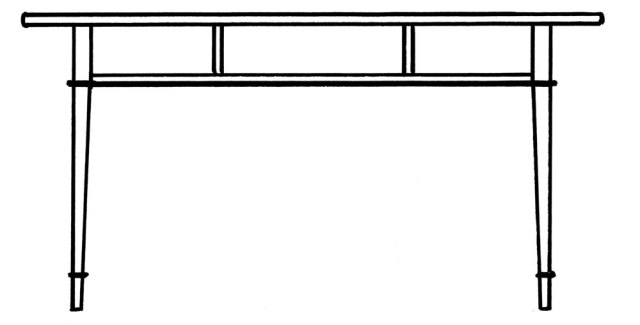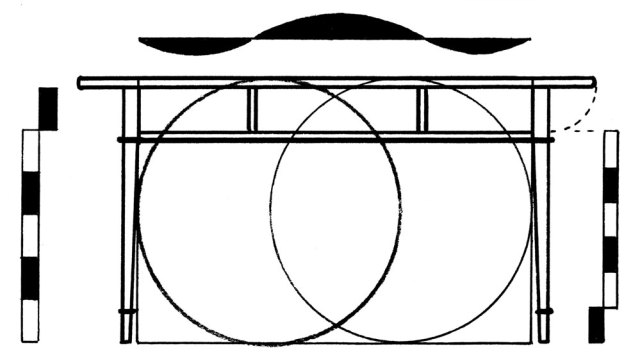
This is an excerpt from “By Hand and Eye” by Geo R. Walker and Jim Tolpin.
On the southern shore of Lake Erie lies a narrow strip of cottonwood bramble called Magee Marsh. It’s the last bit of shelter for migrating songbirds before they take flight across the open water. Stiff headwinds can cause a massive pileup with thousands of birds hunkered down, and hundreds of bird watchers converging to witness the spectacle. It’s called a fallout. To a birder, a fallout is an event on par with a solar eclipse.
But my eyes weren’t quick enough and I didn’t know how to look, or what I was looking at. Over and over I just missed something wonderful and rare. A 9-year-old boy wearing a T-shirt proclaiming “Birding is not for Sissies” tried in vain to help me, but after a few minutes, politely slipped away. That first morning I wondered to myself if I’d ever get this. I didn’t seem to have the eye for it. In spite of early doubts, gradually my eyes and brain started to mesh. As the day wore on, I began to see clearly those winged jewels I’d only read about in books.
This book is the equivalent of a “fallout” to awaken your designer’s eye. Despite any doubts you might have, you already possess the inherent ability to see with your inner eye. It is, in fact, simply waiting for you to awaken it. You’ll see what once seemed impossible and quickly gain the condence to spread your creative wings. With some practice, the ability to see and unpack a design will become as natural as breathing.
Looking for Clues in all the Right Places
We live in a media-saturated world filled with images bombarding us every waking moment. Yet, as Vitruvius observed, we’re still plagued with a common dilemma: A layman looks while a designer sees. My own craft background, molded by modern industrial practice, left me dependent on measured drawings. The ability to visualize seemed beyond my grasp in spite of a lifetime of building things with my hands. Granted, I had strong opinions about furniture, art, cars and guns, and I knew immediately what I liked or considered ugly. But truth be told, I could only detect the glaringly obvious. Even then, I struggled to pin down what caught my eye. I could admire a masterpiece, but could not explain what tipped the scales in its favor. I’d look at a chair and think, “It’s off; there’s something awkward or clumsy about it,” but rarely could I voice with certainty what looked awry. This is a little embarrassing to admit, but even if I started a project with clear pictures and plans, the image I formed in my head never seemed to match the actual parts as they came together. This reinforced the feeling that I couldn’t trust my eye. Not that I couldn’t “make to print”; I couldn’t “see to print.”


— MB